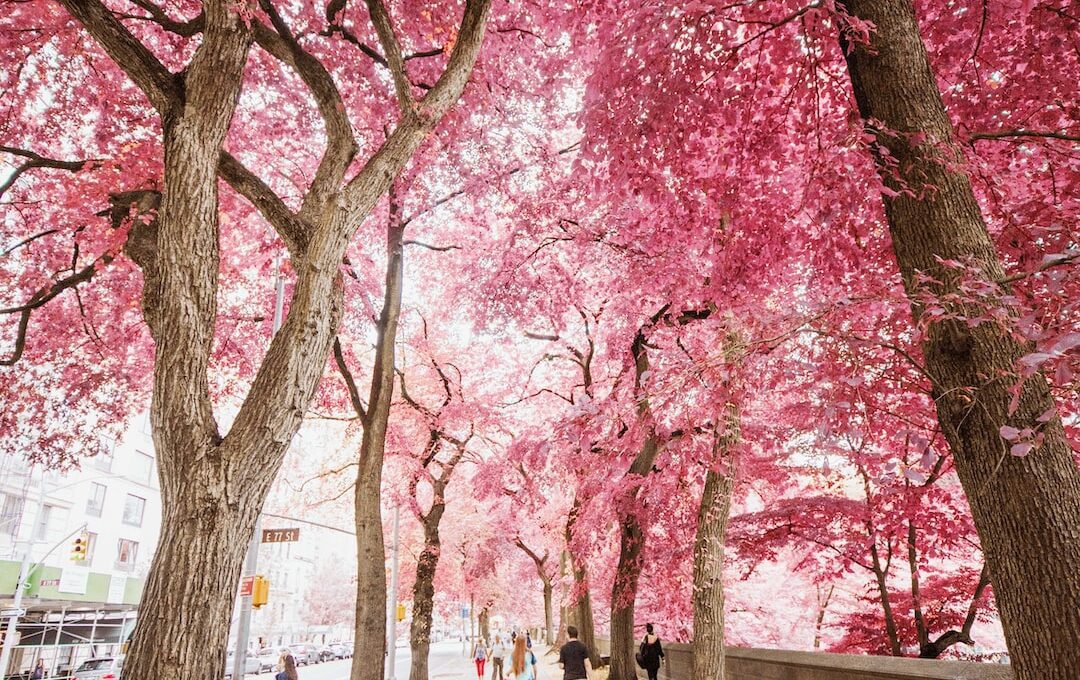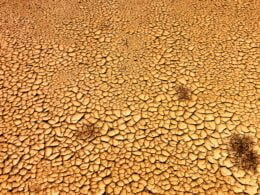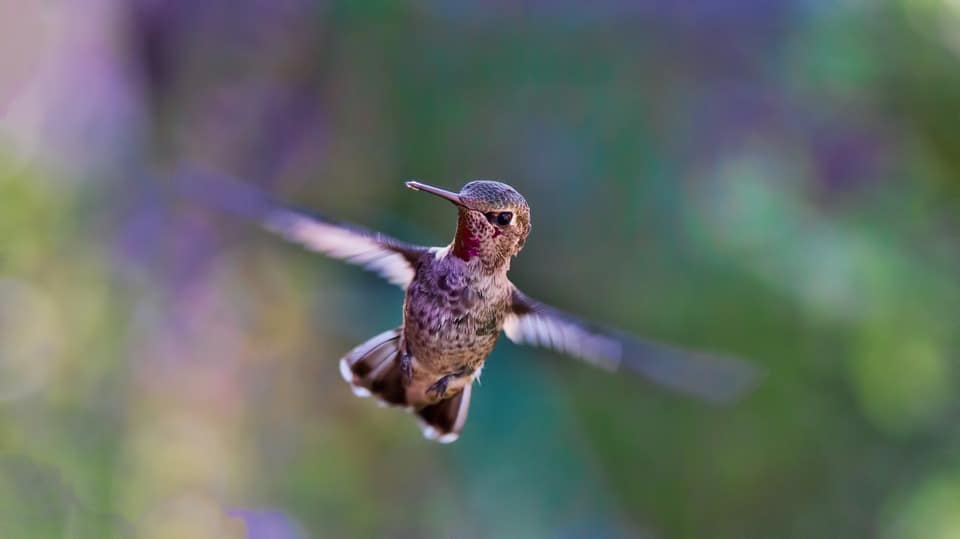Are you curious about how tall cherry trees can grow? Well, you’ve come to the right place!
In this article, we will explore the fascinating world of cherry tree heights and discover what factors can influence their growth. Whether you’re a novice gardener or an experienced tree enthusiast, understanding the average height of cherry trees and how to control their growth can help you create a safe and beautiful environment.
We will also discuss the various stages of cherry tree growth, effective pruning techniques for height control, and the impact of environmental factors on tree development. Additionally, we will highlight some unique cherry tree varieties and provide useful tips for maximizing their height.
So, get ready to dive into the world of cherry trees and learn how to ensure their safe and impressive growth!
Quick Summary
- Cherry tree height can vary depending on the variety, with most trees reaching 15 to 25 feet within 10 years.
- Soil conditions, including nutrient content and pH level, play a role in cherry tree height and growth.
- Climate change, including rising temperatures and changes in precipitation patterns, can impact cherry tree growth and height.
- Regular pruning and care, including thinning the canopy and proper pruning techniques, are important for maintaining a manageable height and shape of cherry trees.
Varieties of Cherry Trees
Have you ever wondered about the different varieties of cherry trees and how they can vary in height? Well, when it comes to cherry trees, there are several varieties to choose from, and each one has its own unique characteristics.
One important factor to consider is whether the tree is disease resistant. Some cherry tree varieties, such as the Stella and the Lapins, are known for their resistance to common diseases that can affect cherry trees. This means that they’re less likely to suffer from issues like cherry leaf spot or brown rot, which can severely impact the health and growth of the tree.
Another factor to consider is cherry tree grafting techniques. Grafting is a method used to combine the root system of one tree with the branches of another, allowing for a stronger and more disease-resistant tree. By grafting different varieties together, you can create a cherry tree that’s not only disease resistant but also tailored to your specific needs, including height.
So, when choosing a cherry tree, consider the disease resistance of the variety and explore grafting techniques to ensure you have a healthy and tall tree in your garden.
Average Height of Cherry Trees
You can expect cherry trees to reach an impressive height on average. These majestic trees can add beauty and shade to your landscape.
Here are four important things to keep in mind when it comes to the average height of cherry trees:
-
Safety: Cherry trees can grow quite tall, so it’s important to consider their proximity to buildings or power lines. Make sure to plant them a safe distance away to avoid any potential hazards.
-
Average growth rate: Cherry trees have a moderate growth rate, typically reaching a height of 15 to 25 feet within 10 years. However, some varieties can grow even taller, so it’s important to choose the right type for your space.
-
Pruning techniques: Regular pruning is essential for maintaining a manageable height and shape for your cherry trees. Prune them during the dormant season to remove any dead or diseased branches and to encourage healthy growth.
-
Safety precautions: When pruning or maintaining your cherry trees, always prioritize safety. Use the proper tools and equipment, such as sturdy ladders or pole pruners, and consider hiring a professional if you’re unsure about the task at hand.
By understanding the average growth rate and implementing proper pruning techniques, you can ensure the safety and beauty of your cherry trees for years to come.
Factors that Influence Tree Height
Imagine standing beneath a majestic cherry tree, its height reaching towards the sky, influenced by various factors that shape its growth. When considering the factors that affect the vertical growth of cherry trees, it’s important to take into account the impact of soil conditions.
One crucial factor is the soil’s nutrient content. Cherry trees require a well-balanced supply of essential nutrients to reach their full potential. If the soil lacks these nutrients, the tree’s growth may be stunted, resulting in a shorter overall height. Additionally, the pH level of the soil plays a significant role. Cherry trees prefer slightly acidic soil with a pH level between 6.0 and 6.5. If the soil is too acidic or alkaline, it can hinder the tree’s growth and limit its height.
Another factor to consider is soil drainage. Cherry trees thrive in soil that drains well and allows excess water to escape easily. Poor drainage can lead to waterlogged soil, which can negatively affect the tree’s root system and stunt its vertical growth.
When it comes to the vertical growth of cherry trees, the factors affecting their height are closely tied to soil conditions. Ensuring that the soil is rich in nutrients, maintaining the proper pH level, and promoting good drainage are key to helping cherry trees grow tall and healthy.
Cherry Tree Growth Stages
In the discussion on Cherry Tree Growth Stages, you’ll explore three key points.
First, you’ll learn about seed germination and early growth, which is the beginning stage of a cherry tree’s life.
Then, you’ll delve into the sapling and juvenile stages, where the tree begins to establish its structure and develop foliage.
Lastly, you’ll discover the mature tree growth and development phase, where the cherry tree reaches its full height and produces fruit.
Seed germination and early growth
Start by planting the cherry seeds in a well-drained soil and watch as they sprout into tiny saplings. It’s important to take care of your cherry trees to ensure their healthy growth.
Make sure they receive enough sunlight and water, but be careful not to overwater them as it can lead to root rot.
Keep an eye out for common cherry tree diseases such as cherry leaf spot and brown rot, which can harm the growth of your trees. If you notice any signs of disease, promptly remove and destroy the affected branches or fruits to prevent further spread.
Regularly prune your cherry trees to promote better air circulation and prevent overcrowding.
By following these simple steps, you can ensure the successful germination and early growth of your cherry trees.
Sapling and juvenile stages
To ensure the healthy development of your cherry saplings and juveniles, it’s essential to provide them with adequate sunlight, water, and proper pruning.
Sapling care plays a crucial role in promoting strong growth and root system development. Start by planting your saplings in well-drained soil, ensuring that the roots have enough space to spread out.
Water them regularly, making sure the soil stays moist but not waterlogged. Avoid overwatering, as it can lead to root rot.
Pruning is also important, as it helps shape the tree and removes any damaged or diseased branches. Be cautious when pruning to avoid injuring yourself or the sapling.
With proper care and attention, your cherry saplings will thrive and grow into beautiful, healthy trees.
Mature tree growth and development
As your cherry trees mature, you’ll witness the remarkable transformation of their growth and development. It’s important to understand the lifespan of a mature cherry tree, as it can help you plan for the long-term care and maintenance of your trees.
On average, a healthy cherry tree can live for 20 to 30 years, but with proper care, it can live even longer. During this time, the tree will continue to grow taller and wider, reaching a height of about 20 to 30 feet and a spread of 15 to 25 feet. To support this growth, cherry trees develop an extensive root system that spreads out horizontally, anchoring the tree securely in the ground. This strong root system helps ensure the stability and safety of the tree as it matures.
Pruning Techniques for Controlling Height
One effective way to manage the height of cherry trees is by employing proper pruning techniques. Pruning helps control tree height and shape, keeping them within a safe and manageable range. Here are some important pruning techniques to consider:
-
Regular pruning: By pruning your cherry tree regularly, you can remove any branches that are growing too tall or too close to power lines or structures. This helps prevent potential hazards and ensures the safety of your property.
-
Crown reduction: This technique involves selectively removing the upper branches of the tree to reduce its overall height. It’s important to hire a professional arborist for this job, as improper crown reduction can harm the tree and affect its health.
-
Thinning the canopy: By removing some of the interior branches and thinning out the canopy, you can allow more sunlight to reach the lower branches, promoting their growth and overall tree health.
-
Training young trees: When the cherry tree is young, it’s important to prune it properly to establish a strong and balanced structure. By removing any competing branches and encouraging a central leader, you can ensure a healthier and more controlled growth.
Remember, when pruning cherry trees or any other trees, always prioritize safety. If you’re unsure about the proper techniques or need assistance, it’s best to consult a professional arborist who can guide you in maintaining your trees’ height and health.
Environmental Factors and Tree Growth
The environment plays a crucial role in shaping the development and size of cherry tree canopies. When it comes to tree growth, the effects of climate change can have a significant impact.
Rising temperatures and changes in precipitation patterns can affect the overall health and height of cherry trees. Extreme heat or prolonged drought can stress the trees, leading to stunted growth and reduced height. On the other hand, excessive rainfall can saturate the soil, making it difficult for the tree’s roots to access oxygen and nutrients, which can also hinder its growth.
Soil quality is another important factor in determining the height of cherry trees. Trees rely on the soil to provide them with essential nutrients and water. Poor soil quality, such as soil that is compacted, lacks organic matter, or has a high clay content, can limit the tree’s ability to grow to its full potential. It is important to ensure that the soil is well-drained, loose, and rich in nutrients for optimal tree growth.
Regular soil testing and amendments, such as adding organic matter or fertilizers, can help improve soil quality and promote healthy tree growth.
To ensure the safety of both the tree and the surrounding area, it is crucial to consider these environmental factors when planting and caring for cherry trees. By providing the right conditions and addressing any issues that may arise, you can help your cherry tree reach its maximum height while maintaining a safe and healthy environment.
Unique Cherry Tree Varieties
Planting unique varieties of cherry trees will add a burst of vibrant colors and flavors to your garden, transporting you to a picturesque cherry orchard. There are several dwarf cherry tree varieties that are perfect for small gardens or containers. These compact trees not only save space but also make it easier to maintain and harvest your cherries.
Here are four reasons why you should consider these unique varieties:
-
Safety: Dwarf cherry tree varieties are generally easier to manage and prune, reducing the risk of accidents while working in the garden. They also require less physical effort to maintain, making them ideal for those with limited mobility.
-
Aesthetic Appeal: These cherry trees come in a range of colors, from deep red to pale pink and even white. The charming blossoms will create a stunning visual display, transforming your garden into a paradise.
-
Flavorsome Fruits: Despite their smaller size, dwarf cherry trees produce delicious, juicy cherries that are bursting with flavor. You can enjoy the sweet taste of freshly picked cherries right from your own garden.
-
Cherry Tree Cultivation Techniques: Growing dwarf cherry trees involves specific techniques such as regular pruning, proper fertilization, and adequate sun exposure. By following these techniques, you can ensure healthy growth and a bountiful harvest.
By incorporating these unique cherry tree varieties and utilizing proper cultivation techniques, you can create a safe and beautiful garden while enjoying the delightful flavors of homegrown cherries.
Tips for Maximizing Cherry Tree Height
To achieve towering cherry tree heights, make sure you provide ample space for their branches to reach for the sky. When it comes to maximizing cherry tree yield and ensuring their safety, proper spacing techniques are essential.
Start by selecting a location that allows your cherry trees to receive full sun exposure. This will encourage healthy growth and maximize fruit production.
When planting your trees, make sure to give them enough room to spread out. Space each tree at least 20 to 30 feet apart to allow for proper air circulation and prevent overcrowding. This will help reduce the risk of diseases and pests, ensuring the longevity of your cherry trees.
Additionally, avoid planting them too close to buildings or power lines to prevent potential hazards and allow for easy maintenance.
Regularly prune your trees to remove any dead or diseased branches, promoting healthy growth and preventing the risk of falling limbs.
By following these cherry tree spacing techniques, you can create an environment that fosters maximum height and yield while prioritizing safety.
Frequently Asked Questions
Can cherry trees grow taller than the average height mentioned in the article?
Cherry trees have the potential to grow taller in different climates and with proper care and maintenance. However, it’s important to prioritize safety and ensure that trees are properly supported to prevent any potential hazards.
Are there any cherry tree varieties that are specifically known for their impressive height?
Some cherry tree varieties, such as the Yoshino cherry, are known for their impressive height. To care for tall cherry trees, make sure to provide adequate sunlight, water, and regular pruning to maintain their health and stability.
How long does it typically take for a cherry tree to reach its maximum height?
To ensure optimal growth, factors affecting the growth rate of cherry trees include proper sunlight, watering, and soil conditions. Caring for young cherry trees involves regular pruning, fertilizing, and protecting them from pests and diseases.
Are there any specific environmental factors that can stunt the growth of cherry trees?
Soil composition and temperature fluctuations can affect the growth of cherry trees. Certain soil types may lack nutrients, while extreme temperature changes can damage the tree. It’s important to provide a stable and nutrient-rich environment for optimal growth.
Are there any unique pruning techniques that can be used to encourage cherry trees to grow taller?
To encourage cherry trees to grow taller, you can use pruning techniques like selective branch removal and crown thinning. However, it’s important to prioritize the tree’s safety and health. Be sure to provide optimal growth conditions such as proper sunlight, soil, and regular watering.
Conclusion
In conclusion, if you’re wondering how tall cherry trees grow, it depends on various factors such as the variety of the tree, pruning techniques, and environmental conditions.
On average, cherry trees can reach heights of 20 to 30 feet, but some unique varieties can grow even taller. By understanding the growth stages and implementing proper pruning methods, you can control the height of your cherry tree.
Remember to consider environmental factors and follow tips for maximizing tree height to ensure healthy and thriving cherry trees in your garden.








